TwoPartsWork I (platitude)
| Gallery
Caroline Reveillaud
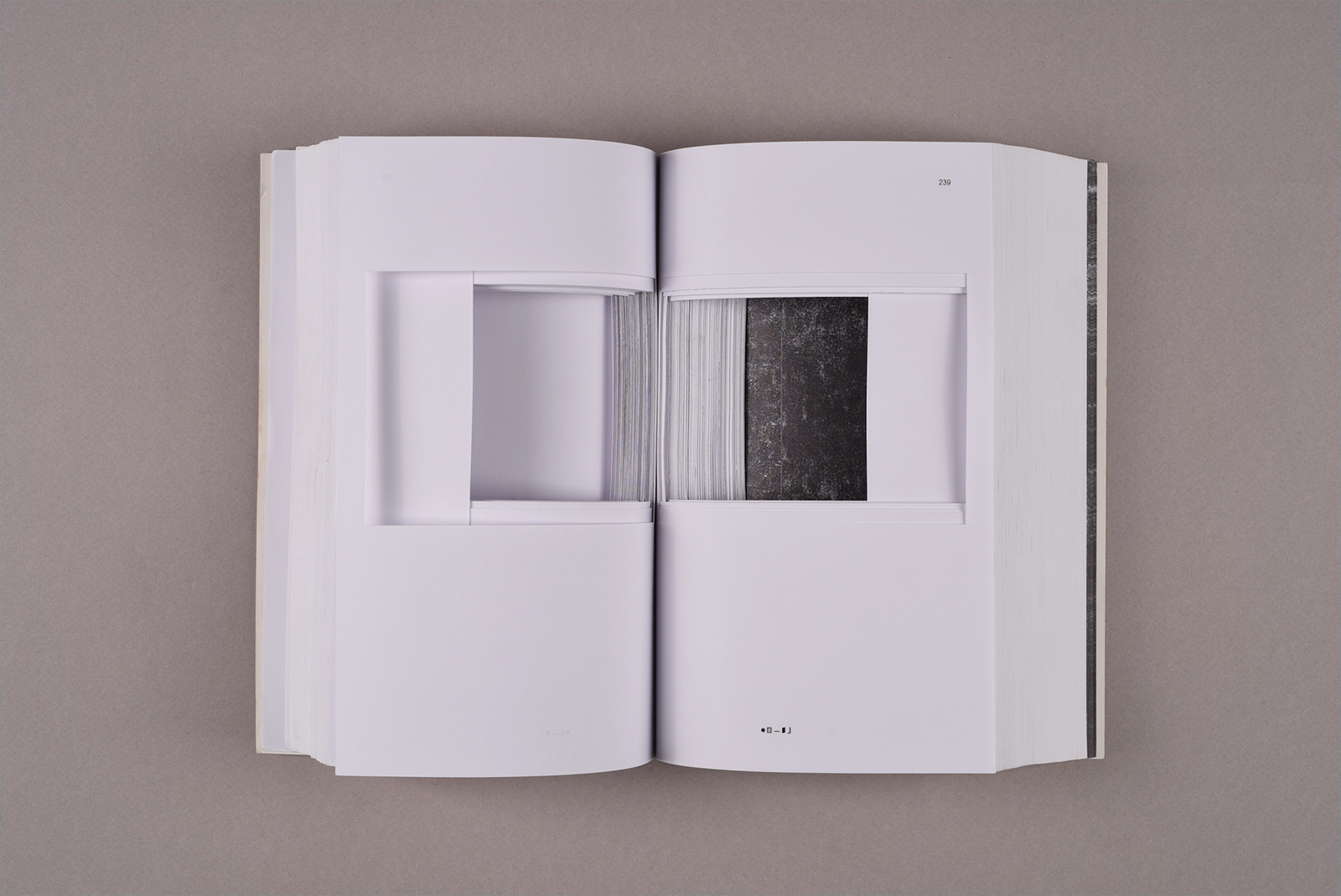
TwoPartsWork I (platitude)
Caroline Reveillaud

TwoPartsWork I (platitude)
Caroline Reveillaud
Exhibition view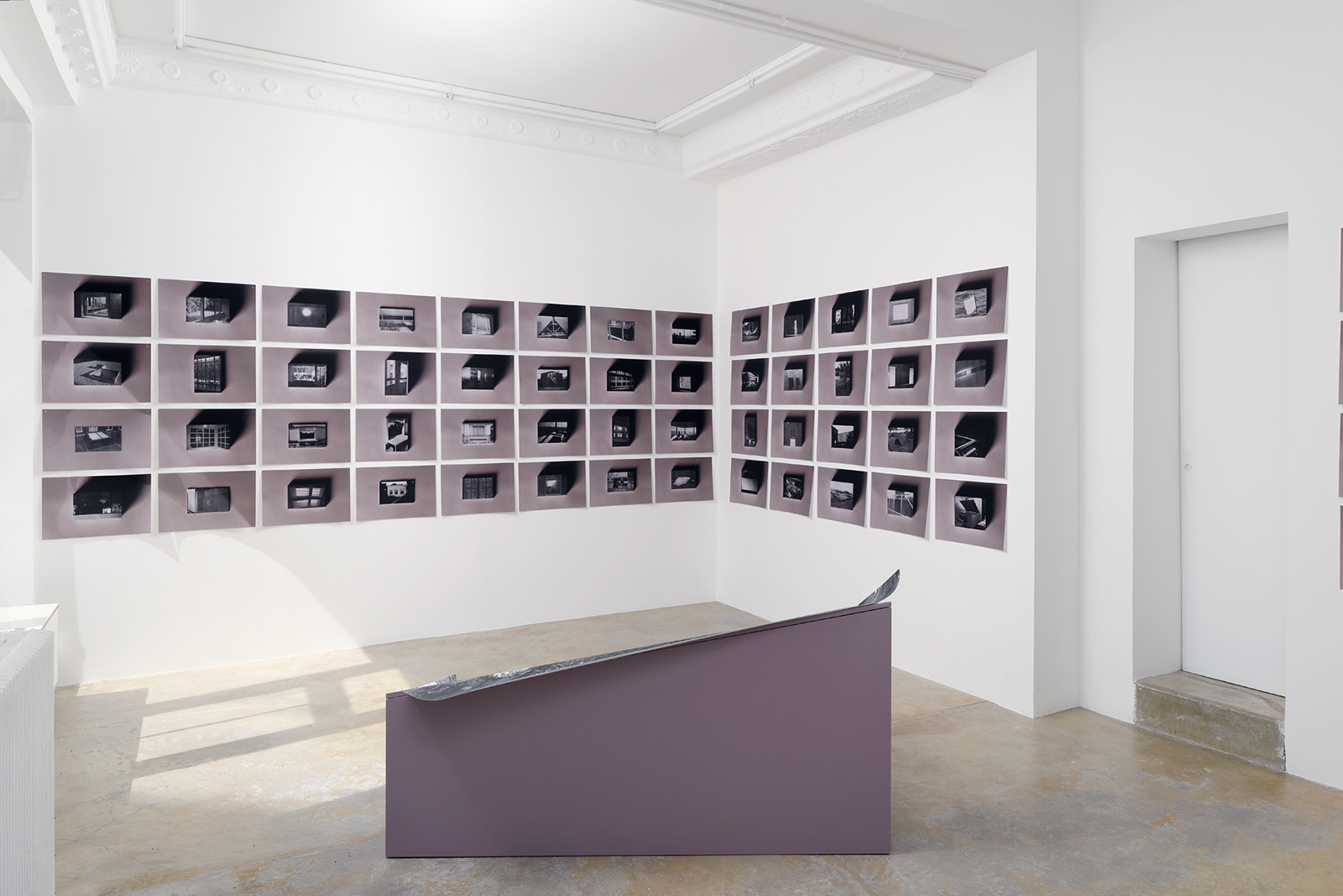
TwoPartsWork I (platitude)
Caroline Reveillaud
Exhibition view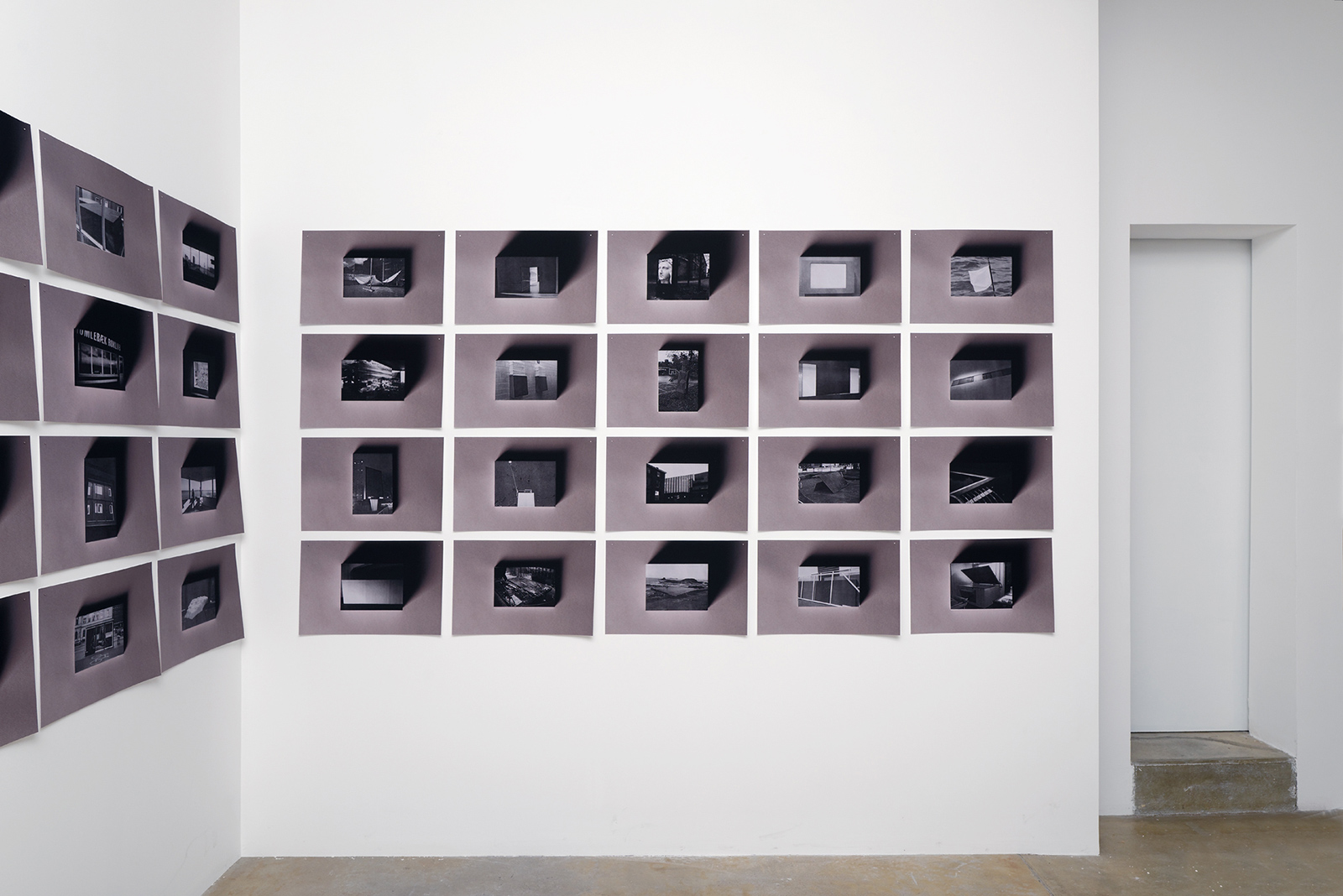
TwoPartsWork I (platitude)
Caroline Reveillaud
Exhibition view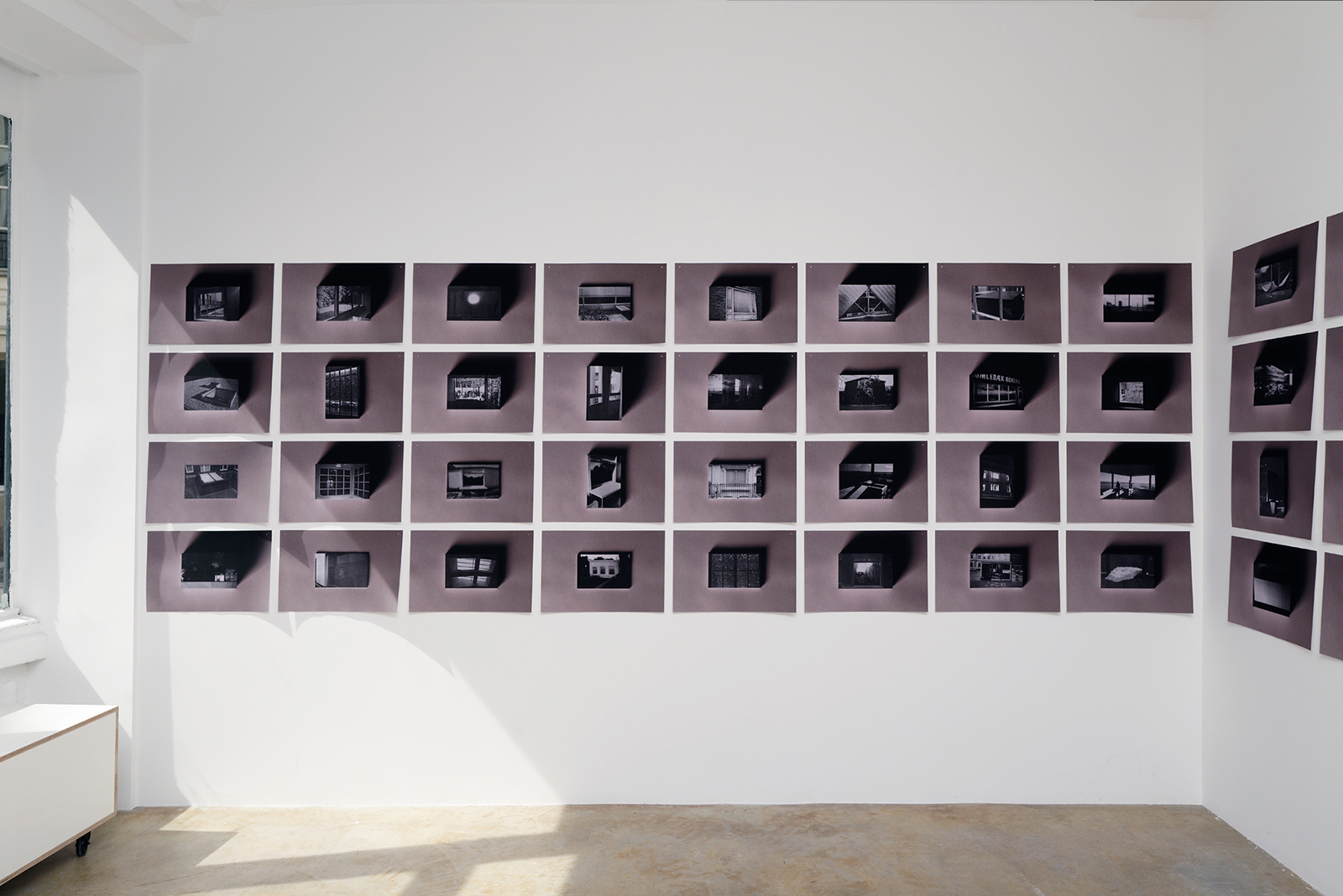
TwoPartsWork I (platitude)
Caroline Reveillaud
Exhibition view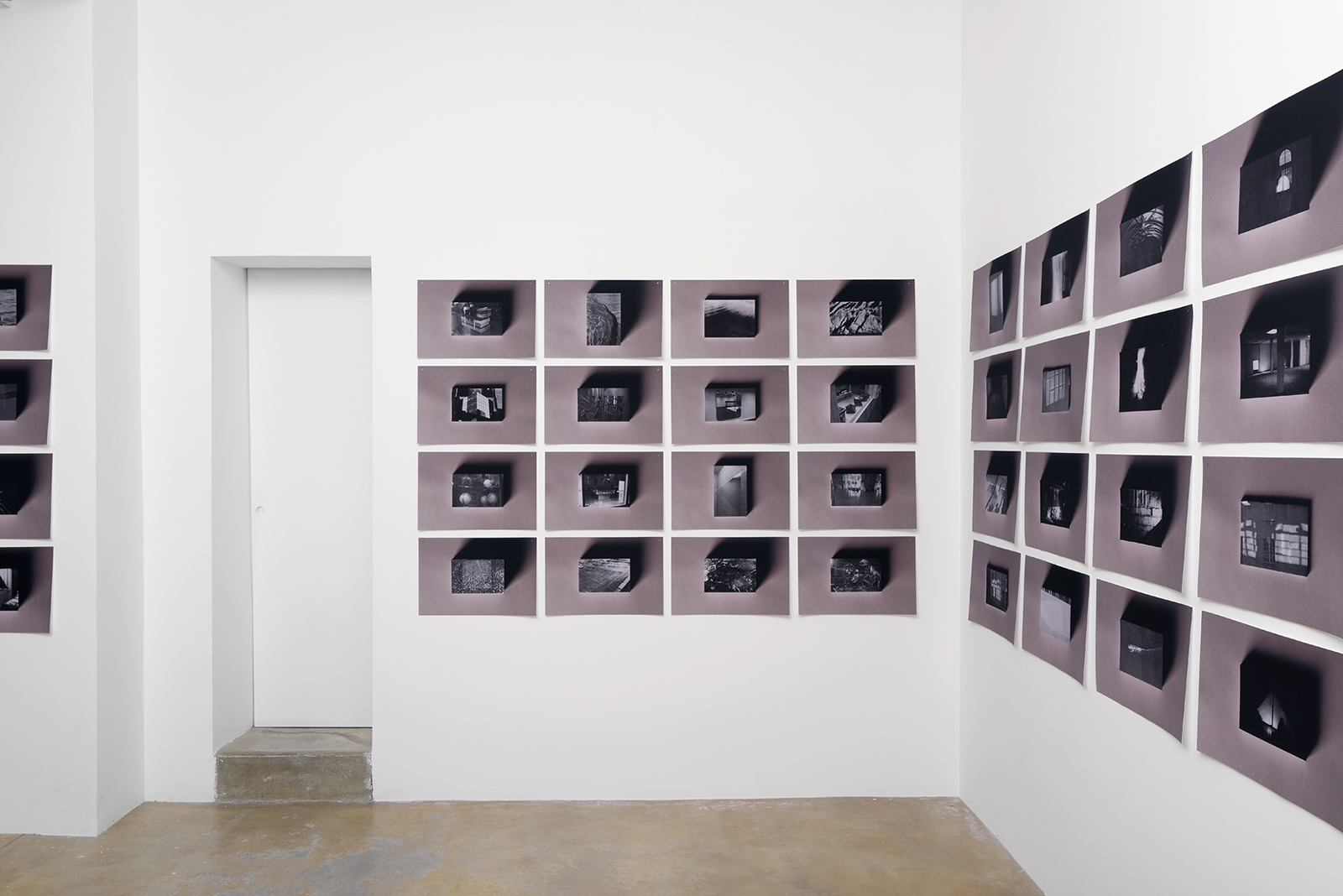
TwoPartsWork I (platitude)
Caroline Reveillaud
Exhibition view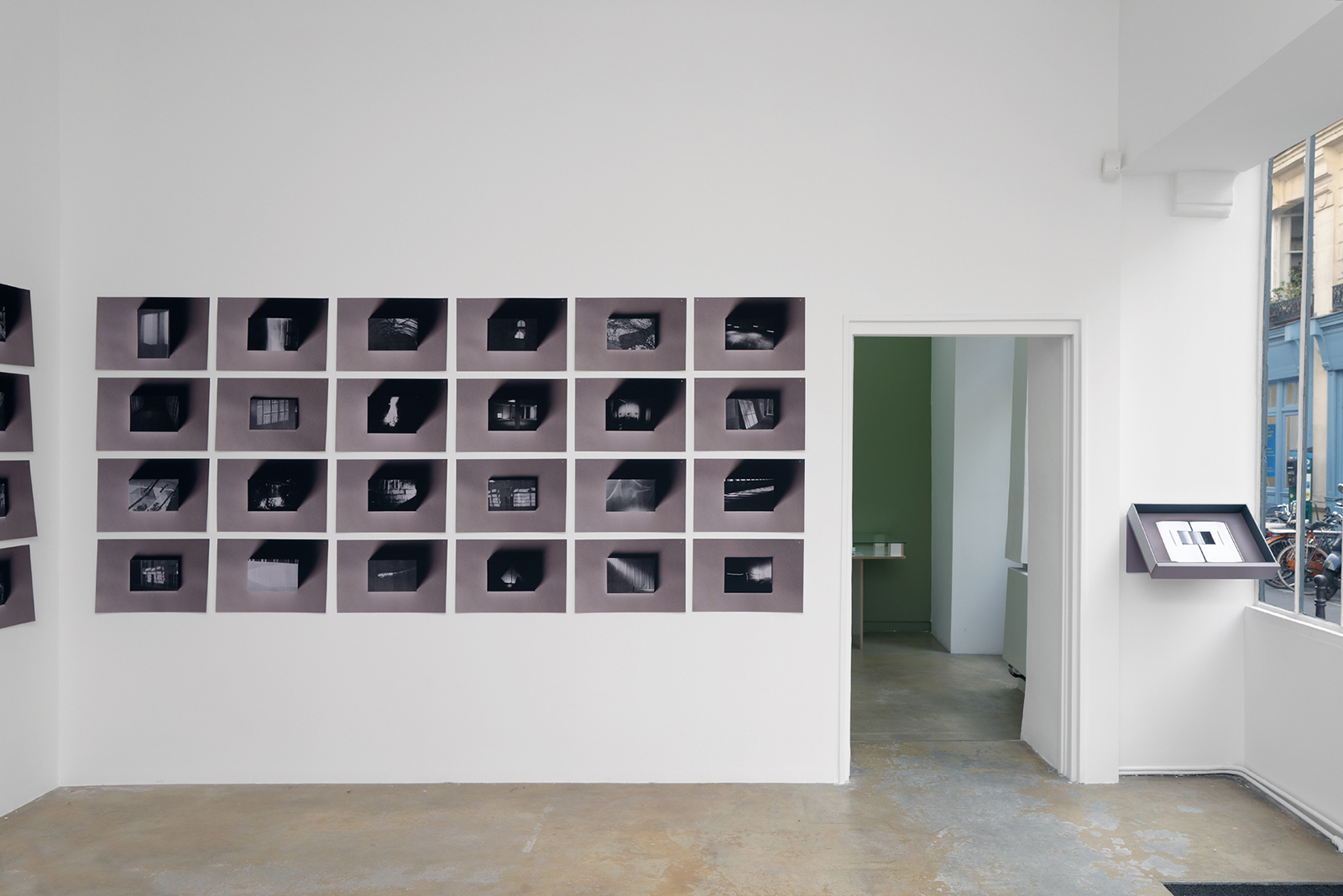
TwoPartsWork I (platitude)
Caroline Reveillaud
Exhibition view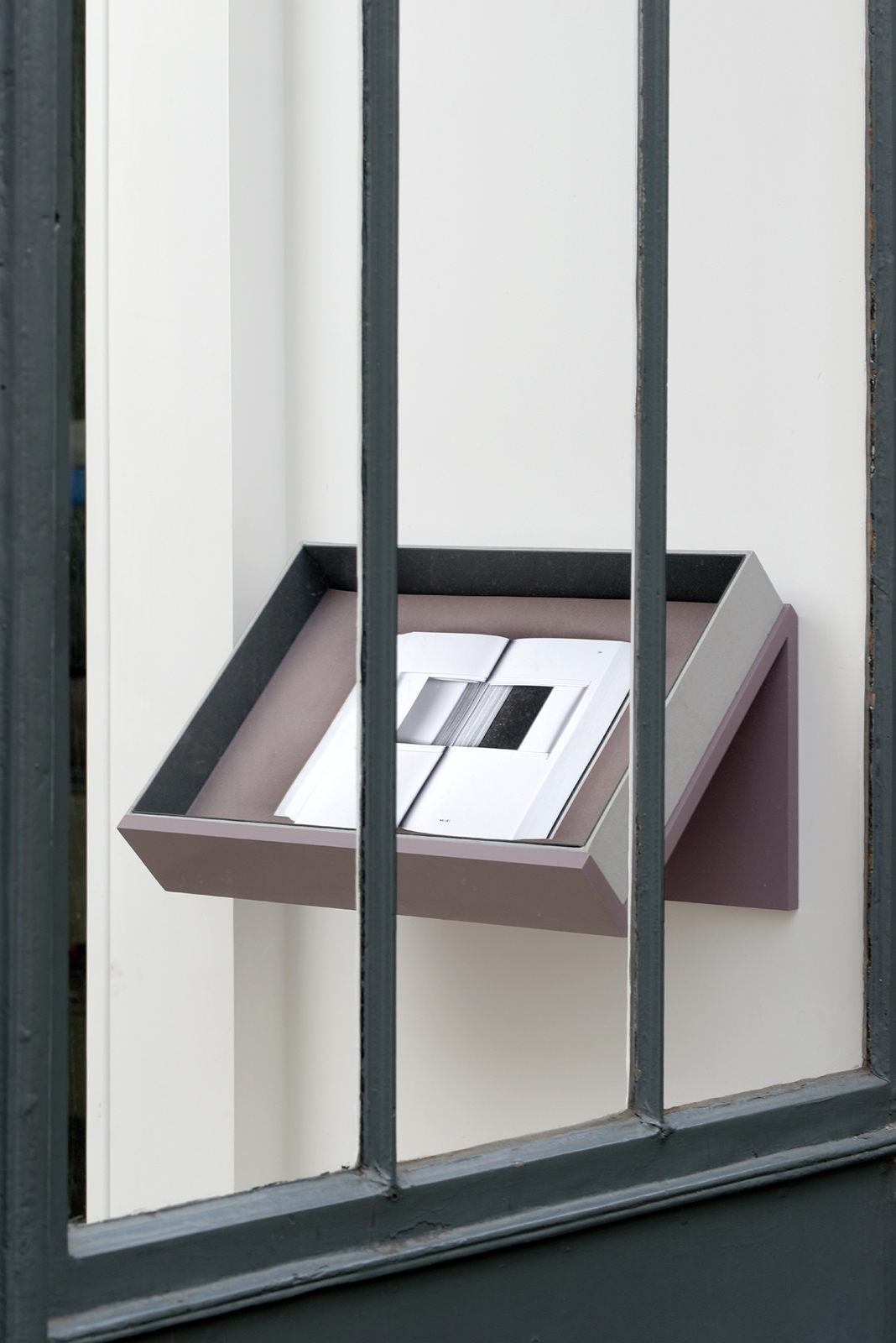
TwoPartsWork I (platitude)
Caroline Reveillaud
Exhibition view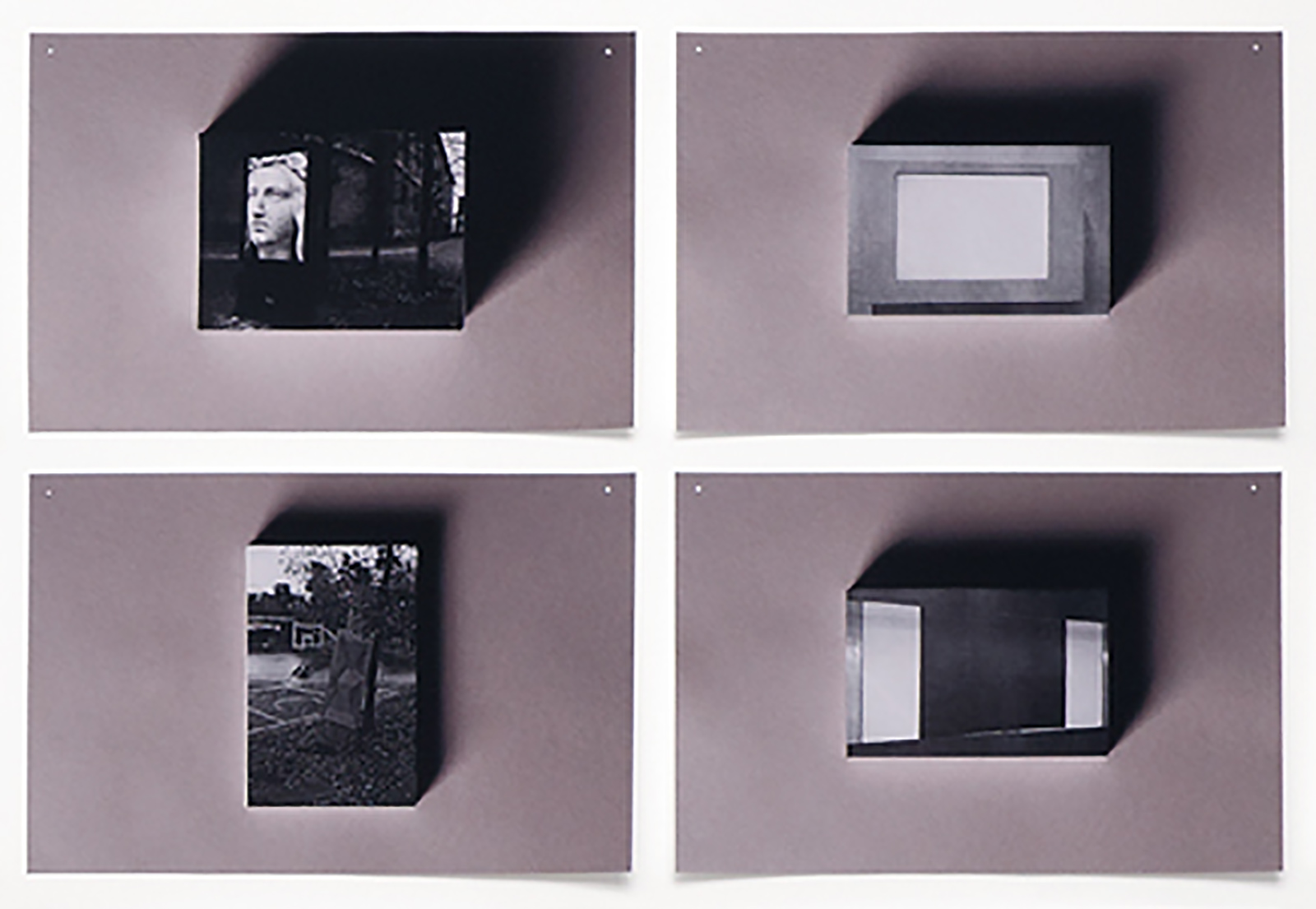
TwoPartsWork I (platitude)
Caroline Reveillaud
Exhibition view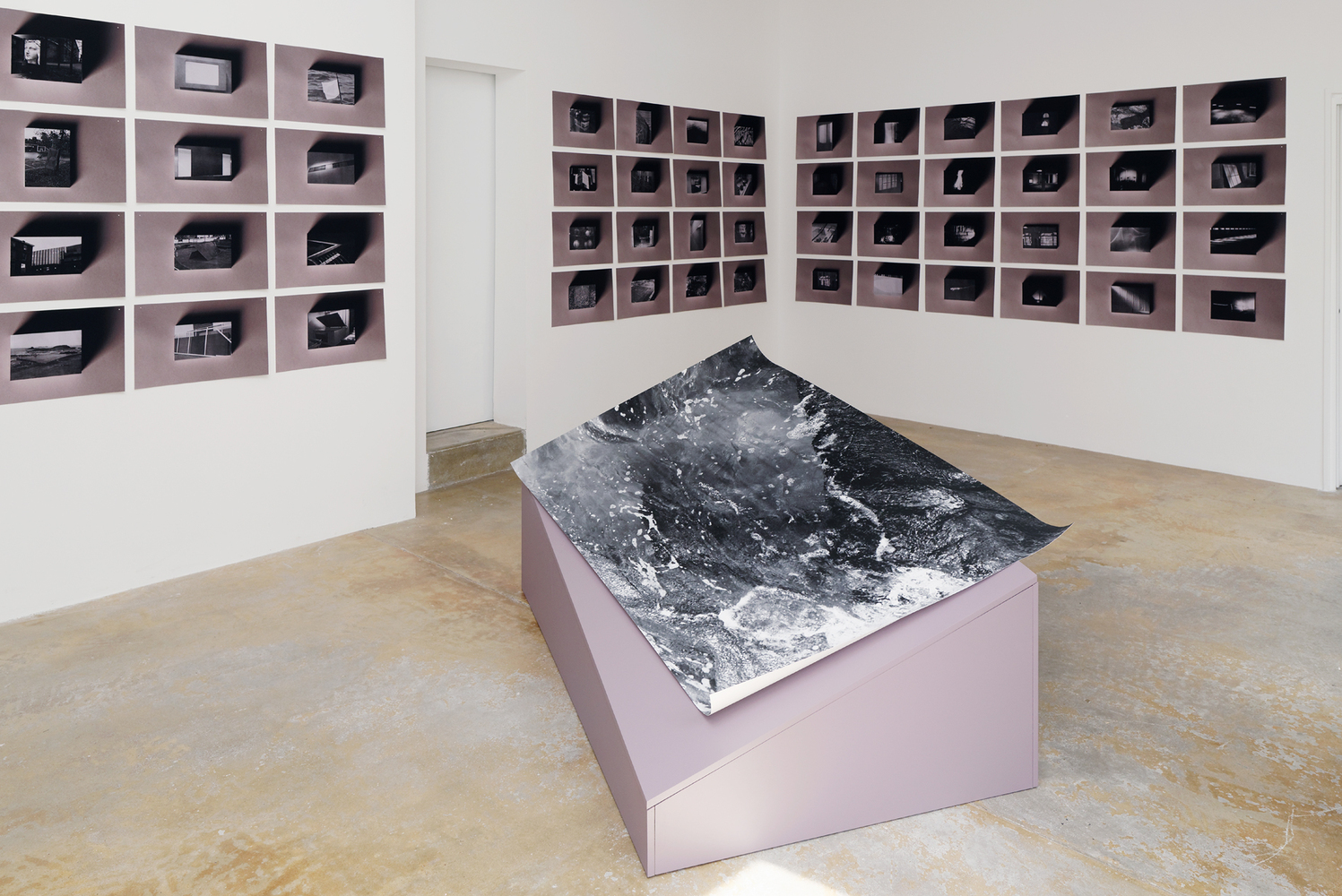
Impression pigmentaire couleur sur papier 230 gr, appartenant à un ensemble de 100 tirages pigmentaires réalisés avec l'aide de Romain Moncet, accompagnés d'une sculpture : bois, peinture, cm et un tirage noir et blanc sur papier 230 gr
Unique artwork
EN
Born in 1991, Caroline Reveillaud graduated from the École Nationale des Beaux-Arts de Paris in 2016.
For this first exhibition at the Florence Loewy gallery in Paris, the French artist is presenting an in situ arrangement, the fruit of a reflection on publishing (book, catalogue, compilation), the collection of images and their potential materiality.
Ghostly presences
On the wall, bits of architecture, sequences of photographed surfaces. What are these obsessive images? Archives or futuristic fictions?
They belong to the very language of postmodernity, declaring a deconstruction of forms and a manipulation of contents through individual or collective appropriation. These heterotopies, as Michel Foucault called them, here have a double thickness of shadow and grid. Caroline Reveillaud composes a museum of publishing through removing the contexts. What remains is the thin impression, even uncertainty. Unable to identify the screens, reflections and surfaces photographed, we accept them as ghostly presences and persistent images.
In photographing an image, Caroline Reveillaud gives substance to the shadow. Singular, she evokes once again fragility and contingency, two results of taking shots. These photographs encompass several generations, intensifying their architectural power. They also bring up the fictional and formal potentialities of the image: the screen, the projection surface, the mirror. The exhibition TwoPartsWork I (platitude) induces an apparent protocol of translation of the image into its reconfiguration in space, into sculpture.
Consequently, by rebounds and references to an exterior element, Caroline Reveillaud photographs spaces evoking the substratum of an architecture, the essence of a generic code (plan, fold, line, volume). The whole becomes a collection, a personal database, mobilized by the artist as a matrix of the creation of her works. The platitude, one could said the flatness, from the viewpoint of reflections contributed by Tristan Garcia,[1] is then envisaged as a space of the in between: from the image to the sculptural projection. It is presented both in the collection of the 100 photographs arranged on the walls of the space and in the sculpture around which these same elements gravitate.
From the image to the shadow
On the floor, the image of a bubbling on the surface of the water is presented on a rectangular volume with its upper side inclined through a transversal section effect. The effervescence echoes the permanent flow of the images produced and assimilated, negating any hierarchy.
This form is sculpture twice; de facto through the material and by extension through the shadow formed. The latter appears on the floor of the gallery depending on sunlight, meeting the demands of an in situ reflection on the temporality of the documentary image. The casting of shadows proposes, in the same way as Séance de Shadow II (bleu) by Dominique Gonzalez-Foerster, a “multi-temporal” response to the question of the interaction with the exhibition’s public. The artist also proposed, for Inhotim (Brazil), the Desert-Park project (2010), an environment of concrete structures that produce shade in the desert. Olafur Eliasson with his shadow materialization systems (Your Light Shadow, 2005-2006) presented the thickness of the immaterial. As for William Kentridge with Shadow Procession, he undertook a political reflection in 1990 on the expression conditions of memory. These citations show the temporal tension of action and situation, of arrangement and how it is viewed. For Caroline Reveillaud, the shadow can be envisaged as a response to the theory of Brian O’Doherty, who put forth the theory of the white cube as “space without shadow.”
Book and space
The black and white print on the upper surface (taken from the collection of the 100 photographs presented on the wall) of the sculpture is blurry, pixelated. The closer one gets, the more present the grid. The image’s surface consequently becomes matter in itself, in the same way as marble, clay or wood for the sculptor. The sculpture’s incline suggests floating. An open book, divested of its contents, is arranged in a box initially planned to contain the collection of photographs. It suggests the potential thickness of the images as a negative of the exhibition.
The loss of chronological references and identifiable plans asks the visitor to reconsider publishing as a meta-venue, an extension of the exhibition and its inherent evanescence and the prolongation of the language of the image. In the end, the exhibition can never conquer the strength of publishing’s support. This remains the intangible proof of a project, the assertion of an intention, the justification of a subject. In this sense, publishing is the future of the exhibition (that happens) and not the formulation prior to its execution. In this respect, the exhibition is even subject to the existence of documentary proof that bears witness to a lapse of time spent and a bygone sequence. Consequently, the image and the text are not tools of the presentation but the very framework of the artistic intention. TwoPartsWork I (platitude) reconciles spatiality and the document in a process-based aesthetic arrangement in which the exhibition becomes the theater of appropriation.
[1] Garcia, Tristan, “Quelle est l’épaisseur d’une image ? L’ontologie de la photographie et la question de la platitude,” communication presented during the study day “Photolittérature
– Nouveaux développements” on March 22 and 23, 2012, Université Rennes 2, Cellam laboratory, published on Phlit March 10, 2013.
url: http://phlit.org/press/?p=1310
Théo-Mario Coppola